As the days get shorter and the temperatures drop, our bodies crave comfort food that is not only delicious but also nourishing. It is that time of the year to switch to nutritious, hearty food, and what better than millet? In this blog we’ll talk on why to incorporate millets in your diet this winter. Millets, an ancient group of grains that have been making a comeback in recent years, are a perfect winter food. They are packed with nutrients, fiber, and protein, and they are naturally gluten-free.
Millets Health Benefits
During the winter season, including millets in one’s diet can be a game-changer. Are you wondering why? Here are the reasons:
Rich In Antioxidants
Millets are a rich source of antioxidants such as ferulic acid and catechins that protect the body from harmful oxidative stress.
Blood Sugar Levels
Being rich in fiber and non-starch polysaccharides, millets can help in controlling blood sugar levels. Millets also have a low glycemic index, which means they help regulate blood sugar levels, reducing the risk of sudden spikes and crashes. This is particularly important during the holiday season when sweet treats abound.
Cholesterol Levels
Millets contain soluble fibers and produce a viscous substance in the gut which helps in reducing cholesterol levels in the body.
Gluten-Free
Gluten is a protein naturally found in grains like wheat, rice, and barley. Millets are gluten-free, making them an excellent option for those with gluten sensitivities or celiac disease.
Helps in Digestion
Millets are an excellent source of fiber which helps in alleviating bloating, cramping, constipation, and gas. This further eases the process of digestion keeping diseases at bay.
Boosts Immunity
Millets are rich in essential nutrients such as fiber, vitamins, minerals, and antioxidants. This nutrient powerhouse provides the body with sustained energy, helping you stay active and warm throughout the winter season. Incorporating millets into your winter diet not only nourishes your body but also supports your immune system, helping you ward off seasonal illnesses.
Types of Millets to Eat in Winter
There are many different types of millets, each with its own unique flavor and nutritional profile. Here are a few of the best millets to eat in winter:
1. Jowar aka Sorghum:
It is said that jowar is a powerhouse of nutrients with a high source of calcium, vitamin B and dietary fiber. It also contains essential minerals like iron and phosphorus and is loaded with antioxidants that keep cancer and other diseases at bay.
You can use jowar flour to make rotis or mixed with other flours to make parathas, khakras, pooris, even cookies and bread. Besides these, jowar flour can make banana cake, tacos with spicy fillings or apple crumble.
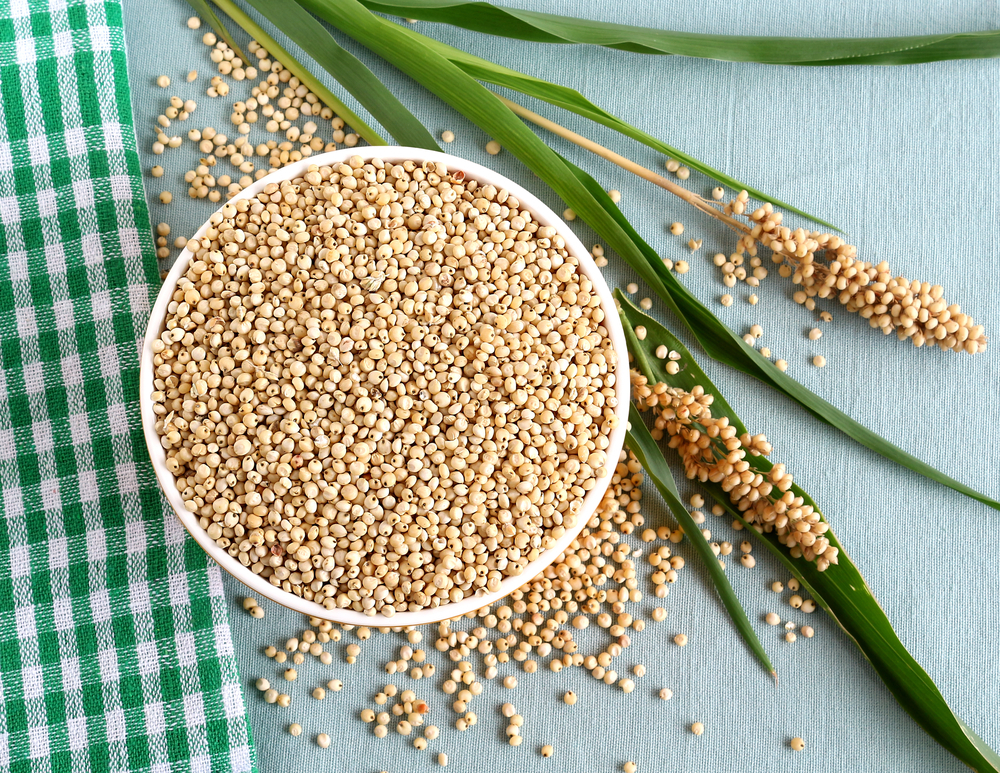
2. Maize aka Makki:
Maize is a rich source of vitamin a, b, e and essential minerals. It is high in fiber content, which plays a significant role in preventing digestive ailments and thus is perfect for those following a gluten-free diet.
Different forms of maize like fresh corn used for salad, soup, maize flour used in baking cookies and breadsticks, frozen corn used with herbs and masala to make chat, etc.
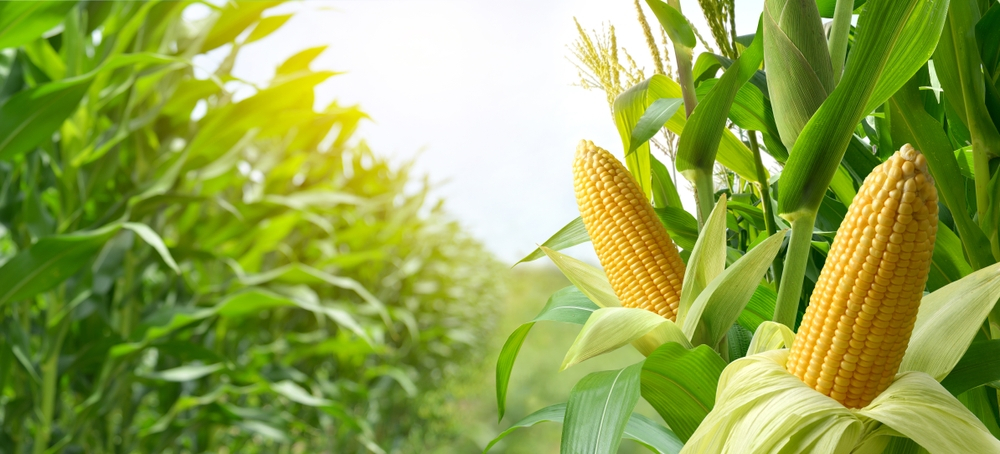
3. Bajra aka Pearl Millet:
This gluten-free millet is beneficial for those suffering from irritable bowel syndrome, celiac disease, promotes digestion and maintains gut health. Bajra power-packed with fiber, magnesium, potassium and calcium offers several health incentives including dilates the blood vessels, improves circulation, lowers cholesterol, enhances heart health, regulates diabetes and controls blood pressure. Though Bajra roti (buy bajra flour at edobo) and khichdi are the more popular items prepared, bajra crepes, tarts and wraps are some of the other treats that can be made.
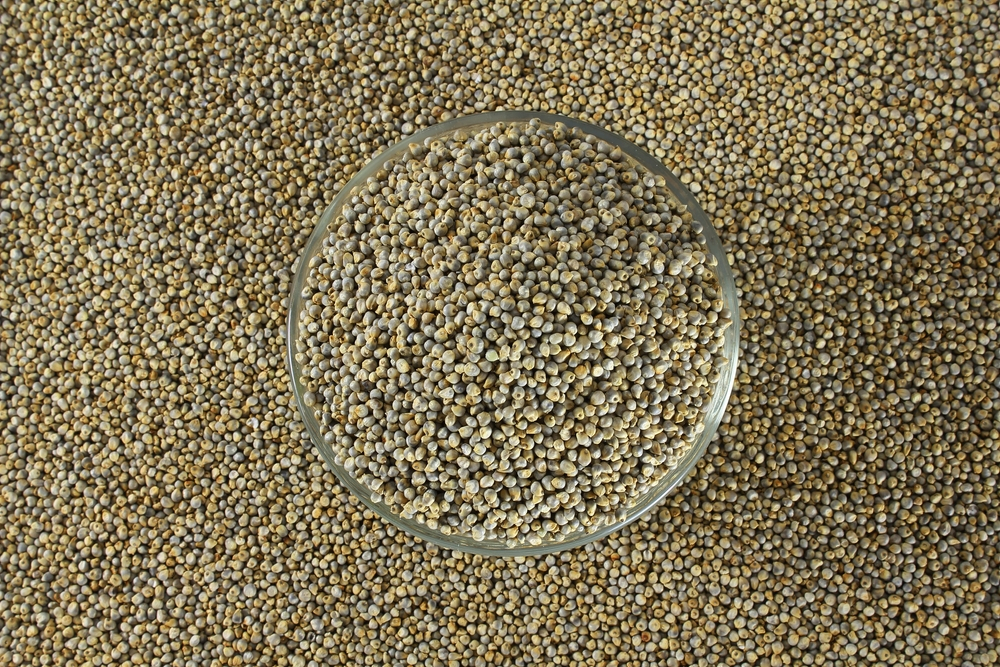
4. Ragi aka Finger Millet:
Ragi is quite high in calcium content (350 mg), which makes it a wonder food for women. A savior for vegetarians who will probably never consume non-veg just for the sake of calcium. High in polyphenol content, ragi also has good quality protein, crude fiber, minerals that makes it much more nutritious than wheat or rice. Low in fat and rich in polyunsaturated fatty acids, ragi works effectively to lower bad cholesterol, prevent sugar spikes and aid in weight loss. A must-have for those who suffer from conditions like insomnia, depression and anxiety. Diabetic and anemic patients are often advised to include ragi in their diet.
In the cold months, ragi emerges as an ally against lethargy and nutrient deficiencies, making it an ideal addition to our winter diets. To incorporate ragi into your diet, you can make ragi roti, ragi porridge, ragi soup, or even use ragi flour to make delicious desserts like ragi laddoos. Ragi is a versatile millet that can be enjoyed throughout the year, but it is particularly beneficial during the winter months.

5. Samai aka Barnyard Millet:
Barnyard millet is a larger millet that has a slightly sweet flavor. It is also known as Samai, Moraiyo or Mordhan. It is low in calories and tastes like broken rice. It is a popular cereal used during fasting in Indian culture. It can be used to make various amazing recipes like Samai khichdi or upma during fasting. Additionally, barnyard millet is a rich source of protein, iron and fiber. The high iron content in barnyard millet makes it a significant source of iron for vegetarians.
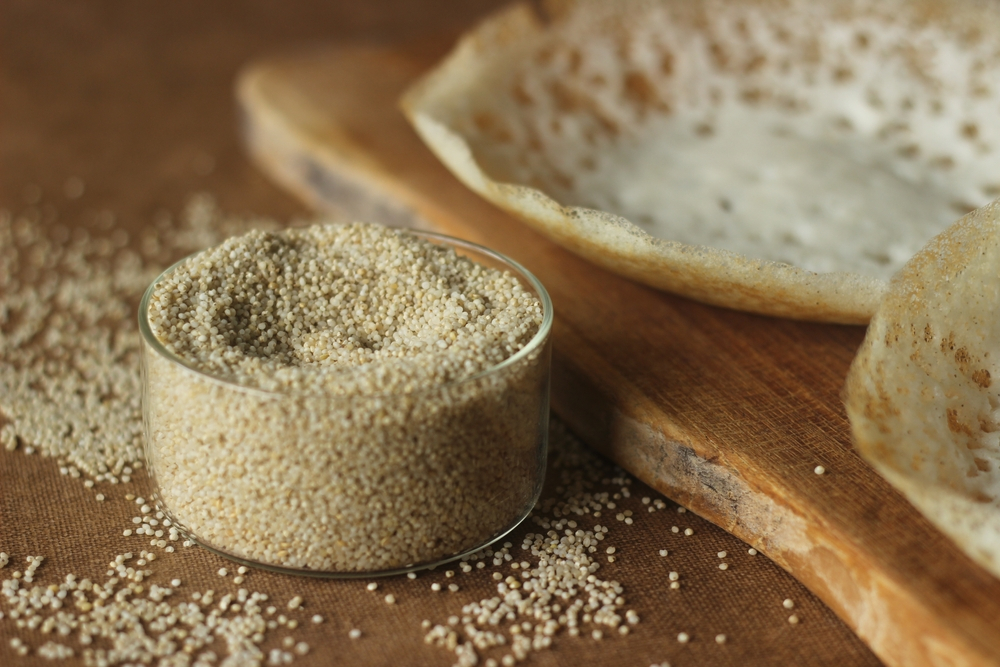
How to Cook Millets
Millets are easy to cook, but they do require a little more soaking than other grains. To cook millets, rinse them well in cold water. Then, soak them in water for at least 30 minutes, or up to overnight. Once the millets are soaked, drain them and rinse them again. Then, cook them in a pot of boiling water for about 20 minutes, or until they are tender.
Millet Recipes for Winter
There are many delicious and nutritious recipes that you can make with millets. Here are a few ideas:
- Millet porridge: This is a simple and healthy breakfast or snack. To make millet porridge, cook millets in water or milk with a pinch of salt. Once the millets are cooked, add your favorite toppings, such as fruit, nuts, seeds, or spices.
- Millet soup: This is a hearty and warming soup that is perfect for a cold winter day. To make millet soup, cook millets in vegetable broth with your favorite vegetables. Once the soup is cooked, stir in some chopped herbs and spices.
- Millet salad: This is a light and refreshing salad that is perfect for a winter lunch. To make millet salad, cook millets and then cool them. Add your favorite vegetables, such as chopped cucumber, tomatoes, and bell peppers. Then, dress the salad with a vinaigrette or lemon juice.
- Millet pilaf: This is a flavorful and satisfying side dish that is perfect for a winter dinner. To make millet pilaf, cook millets in vegetable broth with onions, garlic, and spices. Once the millets are cooked, fluff them with a fork and serve.
Takeaway:
Millets are a delicious and nutritious way to stay healthy and warm this winter. So give them a try and see how you like them! Incorporating millets into your winter diet is a great way to nourish your body and promote overall health. The top millets for winter, including jowar, makki, bajra, and ragi, offer a range of millet health benefits, from providing essential nutrients to managing diabetes and cholesterol levels. You can easily incorporate millets into your meals through various recipes, such as rotis, parathas, porridge, and desserts. Additionally, an all in one flour mix offers a convenient and nutritious option for enjoying millets. Embrace the goodness of millets this winter and experience millet health benefits and warmth they provide.

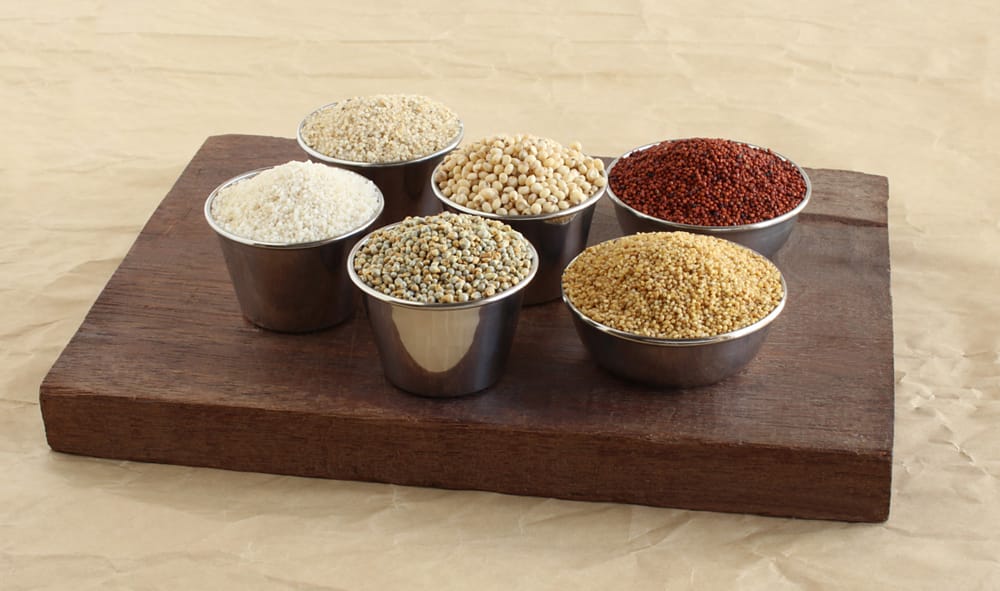
0 Comment